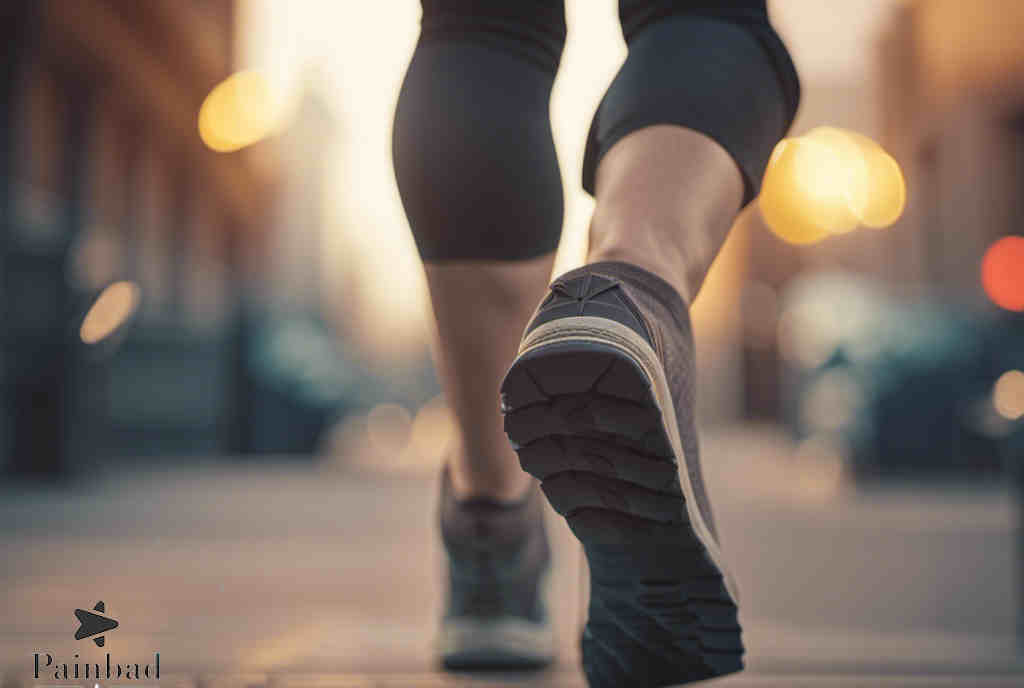My recent InBody scan and analysis revealed that I have tight IT bands.
So, naturally, this is something that I want to change and am researching.
This video might be a good starting point.
Table of Contents
Tight IT Bands: Explanation and Ways to Loosen Them
Explanation: The iliotibial (IT) band is a dense fibrous structure that runs along the outside of the thigh, connecting the hip to the knee. It plays a crucial role in stabilizing the knee during movement. Tightness in the IT band can occur when the band becomes inflamed or irritated, leading to discomfort and limited range of motion. Activities that involve repeated bending and straightening of the knee, such as running and cycling, can contribute to this tightness (Fredericson et al., 2002).
Causes of Tight IT Bands:
- Overuse and Repetitive Movements: Engaging in activities that require repetitive knee flexion and extension, like running or cycling, can lead to overuse of the IT band and subsequent tightness (Taunton et al., 2002).
- Muscle Imbalances: Weakness in the hip abductor muscles and overactivity of the quadriceps can create muscle imbalances that place additional stress on the IT band (Nakamura et al., 2013).
- Biomechanical Factors: Abnormal gait patterns or improper running or cycling form can contribute to IT band tightness (Baker et al., 2008).
- Inadequate Warm-up and Cool-down: Skipping warm-up and cool-down routines can contribute to muscle tightness, including the IT band.
Ways to Loosen Tight IT Bands:
- Foam Rolling: Foam rolling can help release tension in the IT band. Studies have shown that foam rolling can lead to short-term improvements in IT band flexibility and reduced discomfort (Cheatham et al., 2015).
- Static Stretching: Gentle stretching of the IT band can contribute to increased flexibility. However, stretching the IT band directly can be challenging; focusing on stretches that target the muscles connected to the IT band, such as the hip muscles, can be effective (Fredericson et al., 2002).
- Hip Strengthening: Strengthening the hip abductor muscles, including the gluteus medius, can help correct muscle imbalances and reduce strain on the IT band (Nielsen et al., 2013).
- Cross-Training and Rest: Engaging in low-impact activities like swimming and incorporating rest days can provide the IT band with time to recover and reduce strain.
- Proper Footwear and Biomechanics: Wearing appropriate footwear and paying attention to running or cycling form can help prevent excessive strain on the IT band.
Consult a Professional: Persistent IT band tightness should prompt consultation with a healthcare professional or physical therapist for a comprehensive evaluation and personalized treatment plan.
References:
- Fredericson, M., Cookingham, C. L., Chaudhari, A. M., Dowdell, B. C., Oestreicher, N., & Sahrmann, S. A. (2002). Hip abductor weakness in distance runners with iliotibial band syndrome. Clinical Journal of Sport Medicine, 12(3), 169-175.
- Taunton, J. E., Ryan, M. B., Clement, D. B., McKenzie, D. C., Lloyd-Smith, D. R., & Zumbo, B. D. (2002). A retrospective case-control analysis of 2002 running injuries. British Journal of Sports Medicine, 36(2), 95-101.
- Nakamura, M., Ikezoe, T., Takeno, Y., Ichihashi, N., & Kuno, S. (2013). Effects of hip abductor muscle exercises and unstable surface exercises on muscle activity and self-reported function in patients with hip osteoarthritis. Clinical Biomechanics, 28(1), 68-74.
- Baker, R., Greiner, T. M., Kuo, A. D., & Laubach, L. L. (2008). A kinematic and kinetic comparison of overground and treadmill walking in healthy subjects. Gait & Posture, 27(2), 235-240.
- Cheatham, S. W., Kolber, M. J., Cain, M., & Lee, M. (2015). The effects of self‐myofascial release using a foam roll or roller massager on joint range of motion, muscle recovery, and performance: a systematic review. International Journal of Sports Physical Therapy, 10(6), 827-838.

